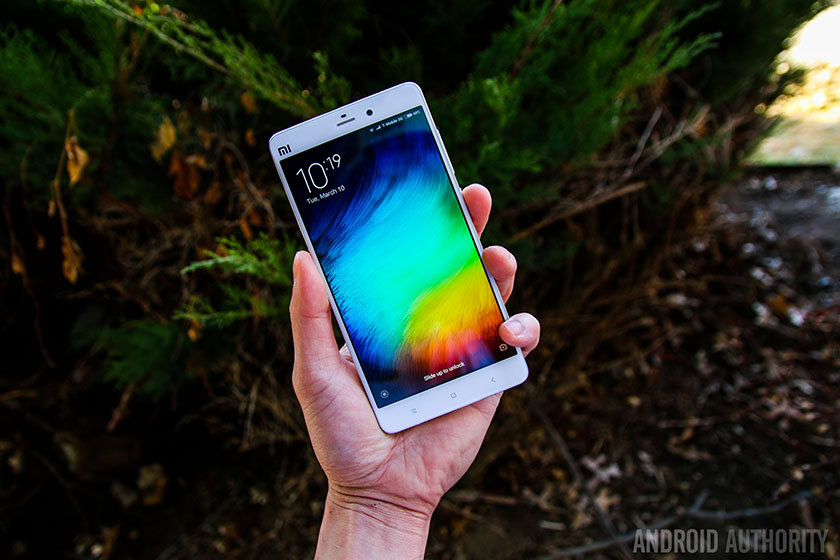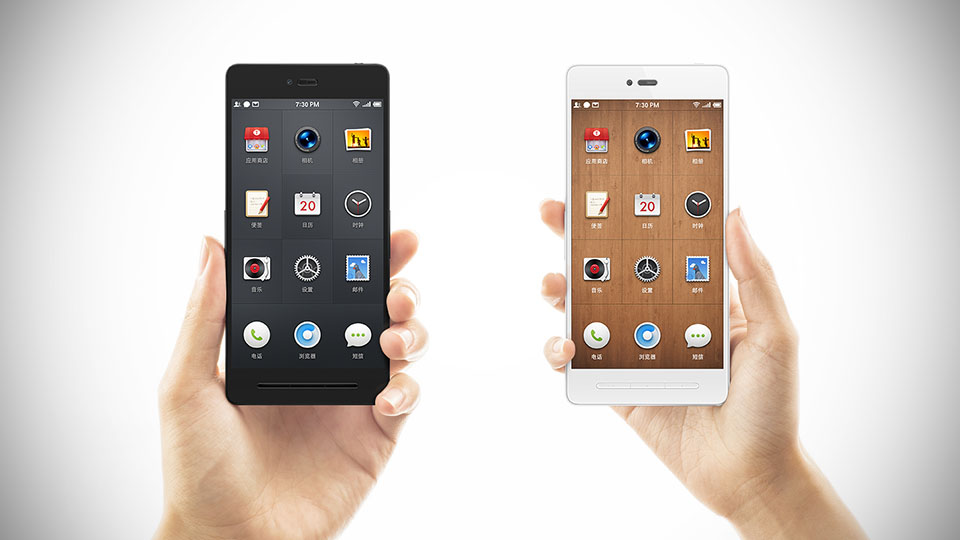Affiliate links on Android Authority may earn us a commission. Learn more.
Could Xiaomi end up being a victim of its own success?
Published onSeptember 14, 2015

It is testament to Xiaomi’s success so far that competitors are beginning to emulate its approach. Selling smartphones at near cost direct to consumers with minimal advertising spend has carried Xiaomi to the number one spot in China and it has rarely been out of the top five smartphone manufacturers worldwide for the last year.
We’ve looked at Xiaomi’s history. It went from success with the MIUI ROM, to manufacturing its own hardware, and managed to sell 61 million handsets last year. It hit a valuation of $46 billion back in December by significantly outselling established players like Sony, Motorola and HTC.
[related_videos title=”Xiaomi in video” align=”center” type=”custom” videos=”640394,621025,594382,517878″]
Obstacles to overcome
You may imagine everything’s rosy for Xiaomi, but the problems that could halt its rise that we discussed before still apply.
- Licensing and lawsuits – Xiaomi still claims that market differences account for it not selling handsets in the U.S. and Europe. It’s starting with accessories instead. But realistically, Xiaomi will be attacked on patent and licensing grounds by all the big manufacturers the minute it starts trying to sell handsets. No one wants them entering an already stagnating market where prices are falling.
- Lost in translation – Do Americans and Europeans want the same devices as the Chinese? Maybe, but Xiaomi will have to significantly alter its approach and work hard to build the kind of engagement it has with Chinese fans beyond Chinese borders. It seems unlikely the same approach will work.
- Online only – It’s becoming more common to buy phones directly, but many people in the U.S. particularly still go with carrier contracts. Xiaomi will not be appearing in AT&T or Verizon stores anytime soon. How far can it go with an online only approach?
- Wafer-thin profits – As a private company, Xiaomi has refused to share its numbers, claiming only that it is profitable. The 61 million phones it sold in 2014 generated almost $12 billion, but with tight margins there’s plenty of skepticism about how much of that translated to profit.
- Copycat competition – This last one is fast-becoming a real issue for Xiaomi. Not only are the major players like Huawei, ZTE and Lenovo imitating Xiaomi with direct online sales and low, low prices for certain lines, they’re also facing competition from similar companies like OnePlus, Meizu and LeTV. The security giant Qihoo has also been partnering with Coolpad, Haier and Alcatel to produce phones.

Big boys spread the risk
If we jump back to the five issues above and apply them to HUAWEI instead, then Xiaomi’s situation doesn’t look so great. HUAWEI has licensing agreements and patents. It has been operating in the U.S. and Europe for years. It can support the online approach with a traditional in-store and carrier model. It made $4.49 billion profit in 2014. It’s showing, with the HONOR line, that it can emulate Xiaomi and rack up the sales.
HUAWEI could probably afford to sell hardware in its budget line at a loss if it really had to, say to outmaneuver an upstart like Xiaomi. The same applies to ZTE and Lenovo.
Interestingly, last year, the main player to overtake Xiaomi and record huge growth in China, Brazil, and the other markets its targeting was Apple. Xiaomi really aped Apple’s design and marketing in the beginning, but Apple’s success suggests that what the Chinese really wanted was the iPhone. With the iPhone 6 and 6 Plus Apple actually knocked Xiaomi off the top spot in China for six months (Q4 of 2014 and Q1 of 2015).
[related_videos title=”The competitors” align=”center” type=”custom” videos=”630317,637478,639840,631702″]
Raw ambition
At the other end of the scale we have Meizu (who have actually been around for longer than Xiaomi), OnePlus (who are already doing well in the U.S. and Europe), LeTV (who are making impressive phones), and Qihoo (who have money to burn and look desperate to enter the smartphone market).
All of these players could drive prices down further. IHS iSuppli China Research head Kevin Wang was quoted in the WSJ likening their approach to loss-making startups planning profits down the line, “Burn cash to get users. A lot of these smartphone players are probably going to die.”
LeTV’s smartphone head, Feng Xin, has apparently admitted it plans to lose money on hardware indefinitely in order to build a user base.
Expanding beyond phones
When profit margins are tight, failure is only one misstep away
The answer for Xiaomi might be in expanding its product range and using crowdfunding to raise cash. It’s already making wearables, power banks, cameras, TVs, headphones, and even air purifiers. There’s also some hope it will monetize that user base with mobile services, by turning games and apps into a revenue stream. Lei Jun, founder and chief exec, suggested mobile services revenue would hit $1 billion this year. It could definitely transition to a sustainable model that isn’t wholly dependent on the smartphone hardware market with the right moves.
Any player that doesn’t diversify in this climate is vulnerable to catastrophe. When profit margins are tight, failure is only one misstep away.
Who will survive?
Xiaomi is still very strong in China and other emerging markets like India. It doesn’t have to sell smartphones in Europe or the U.S. in order to be a success. But the pressure is definitely mounting as the rest of the smartphone manufacturing world is not going to cede China. The big players have deep pockets and the rising firms may be willing to take even bigger risks than Xiaomi did.
Apple, and to a lesser degree Samsung, have an iron lock on the premium end of the market, where things are really profitable. An awful lot of manufacturers are subsidizing their smartphone businesses with profits from elsewhere. Some of them will surely throw in the towel soon. With more budget players entering the market, competing for fewer customers, a lot of the smaller firms will surely fail quickly and disappear.
After launching the new ZUK line, Lenovo’s chief exec, Chang Cheng, told the WSJ, “You can use someone else’s model to defeat them.”
Could Xiaomi end up being a victim of its own success?